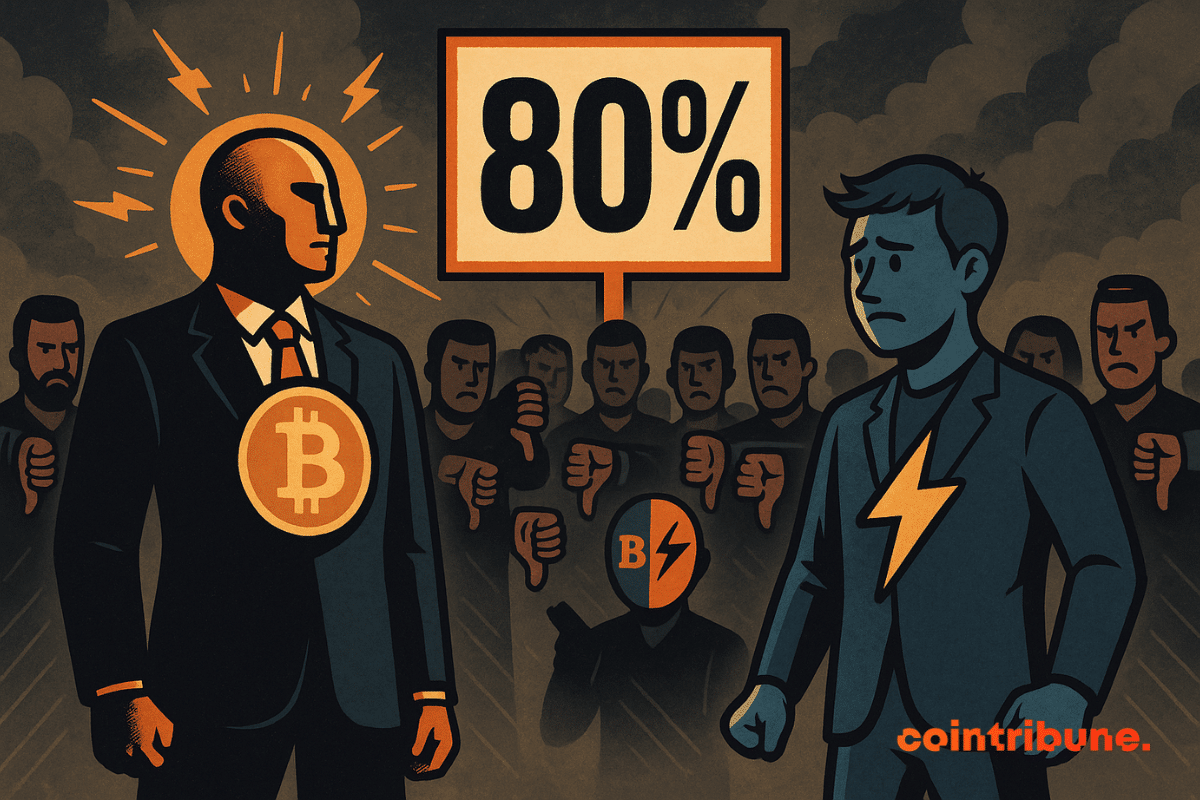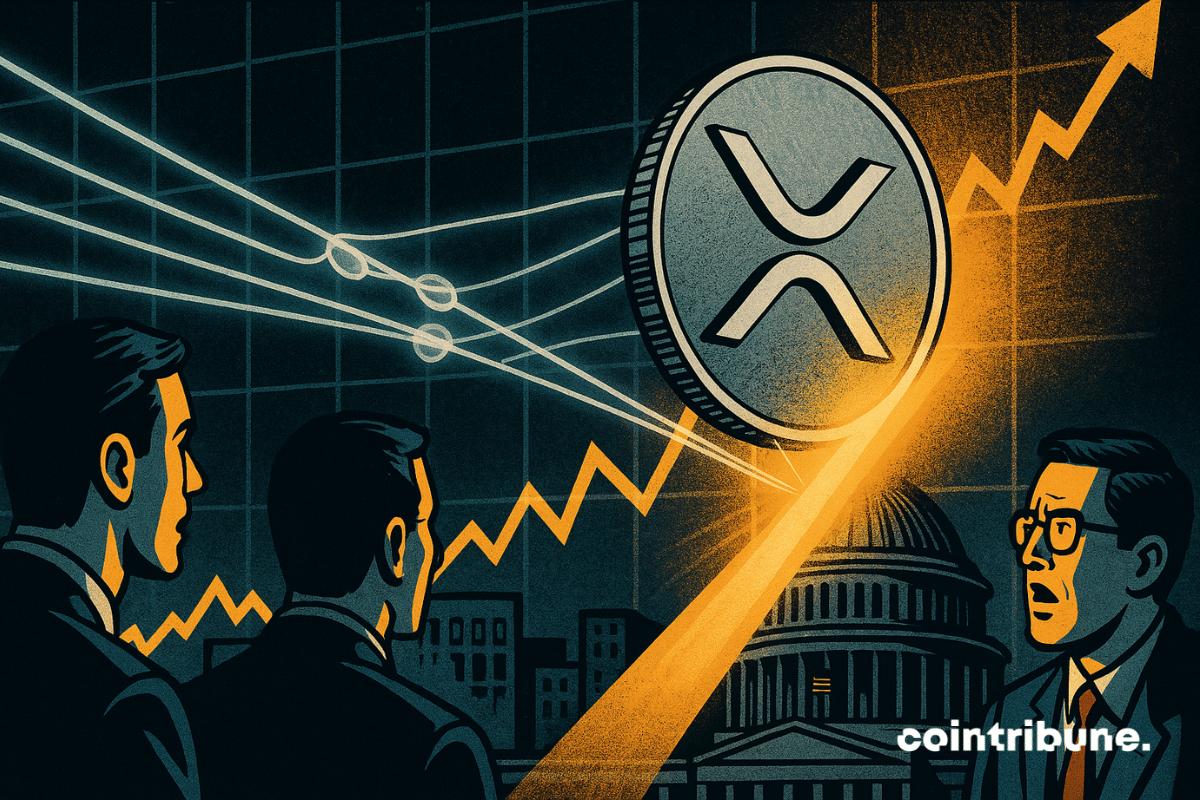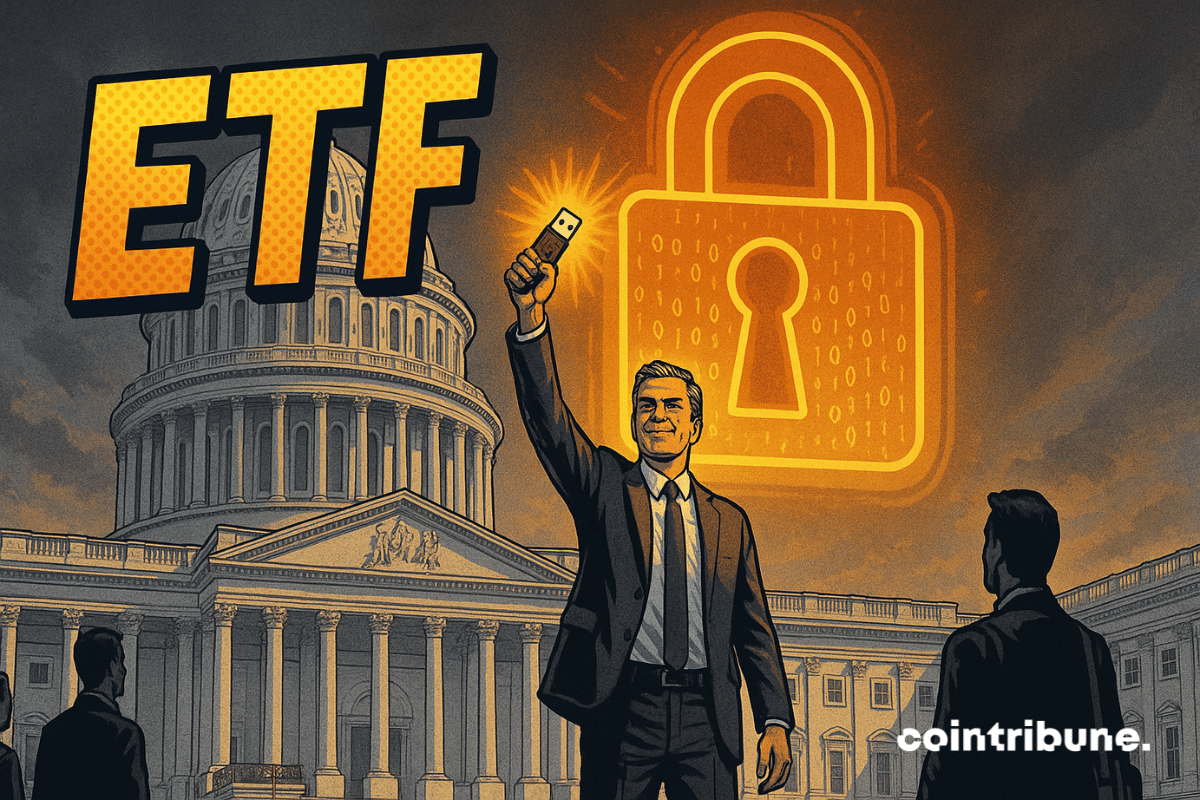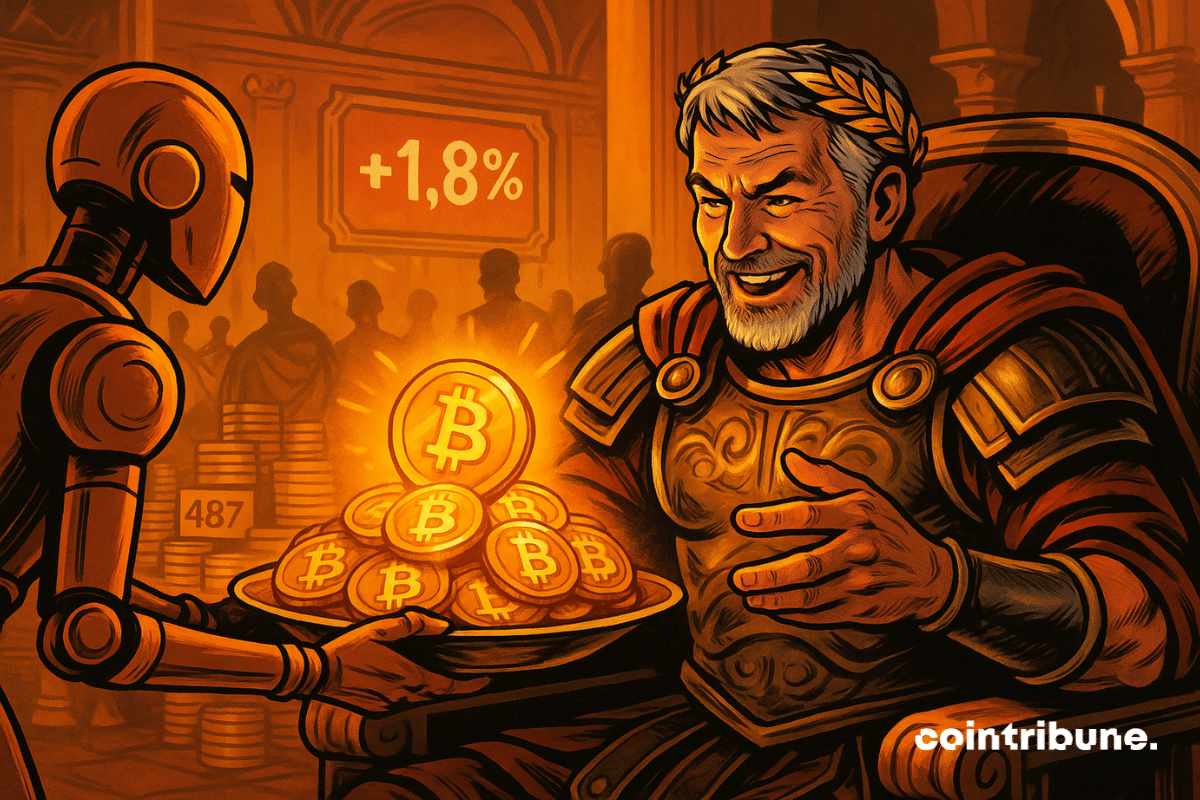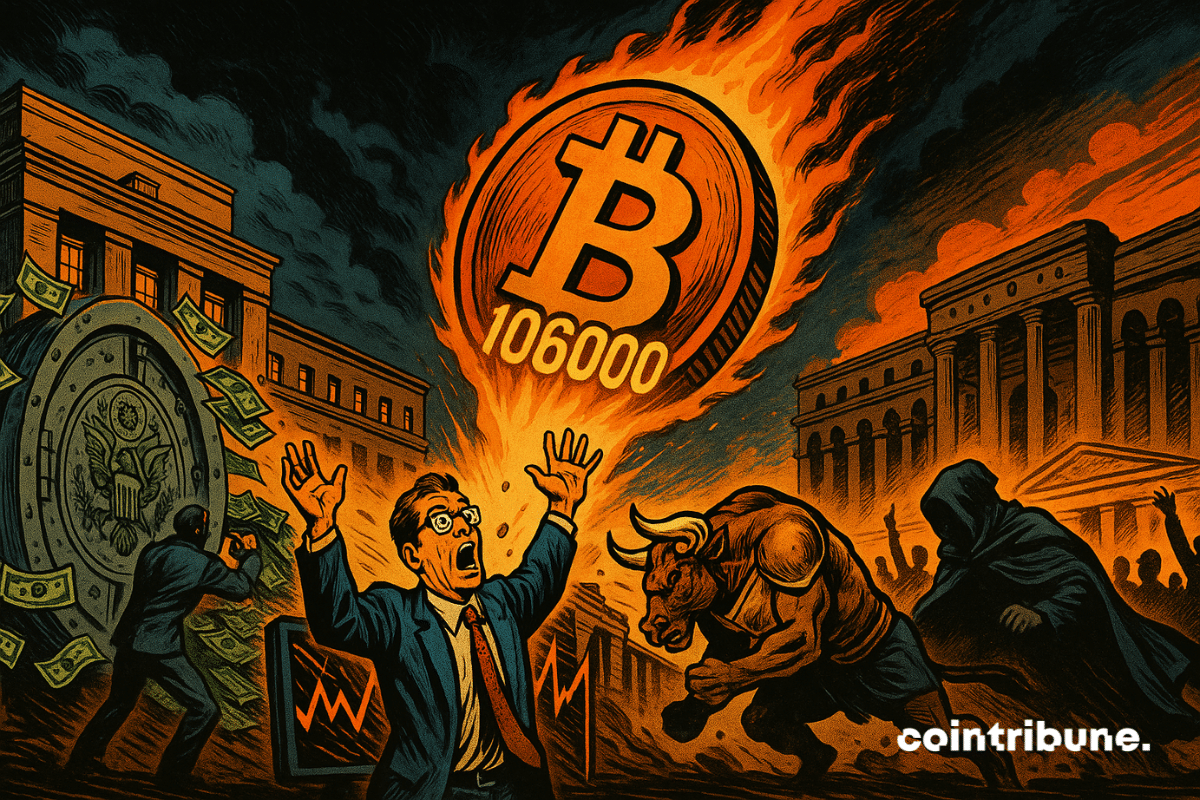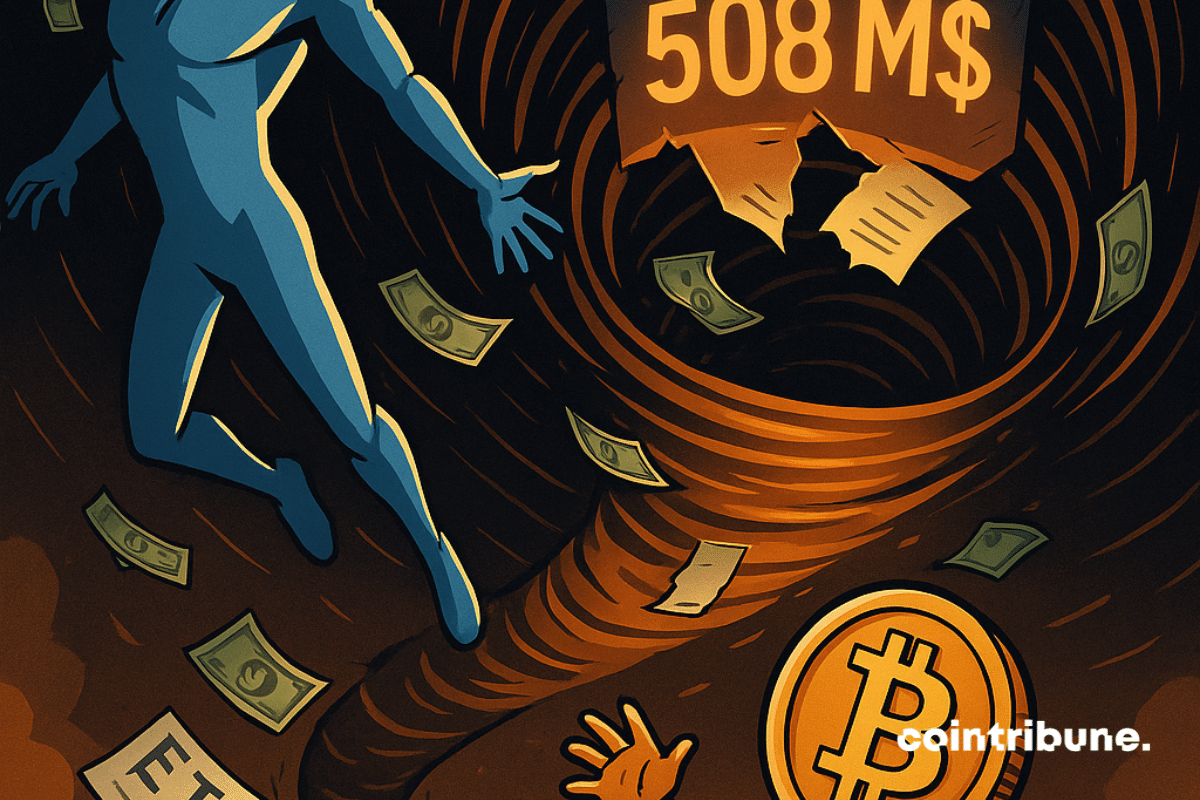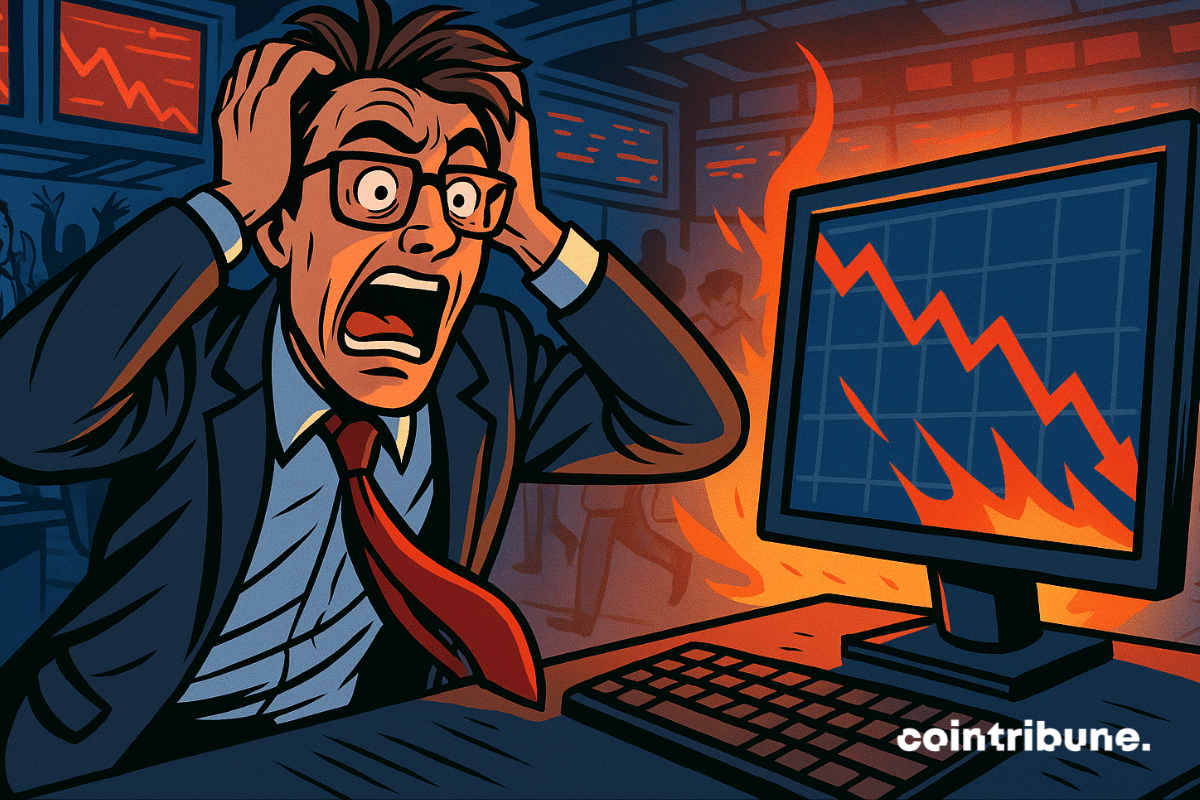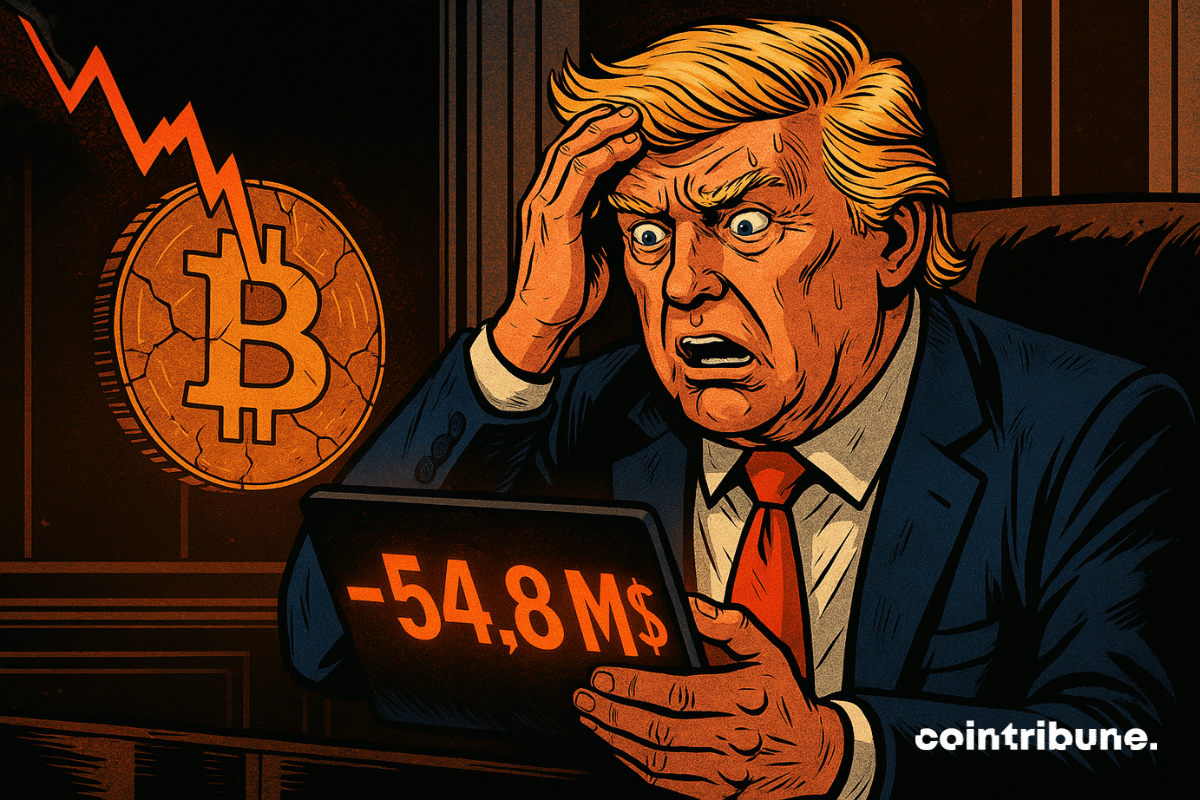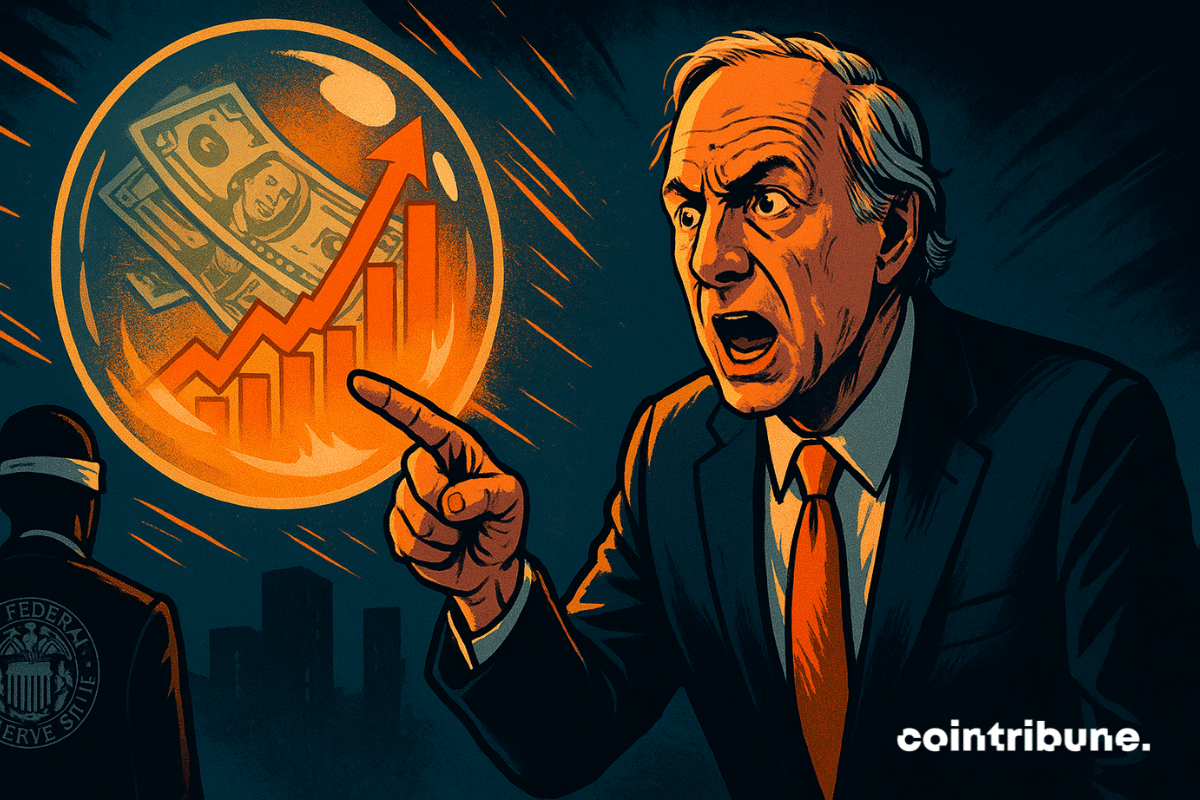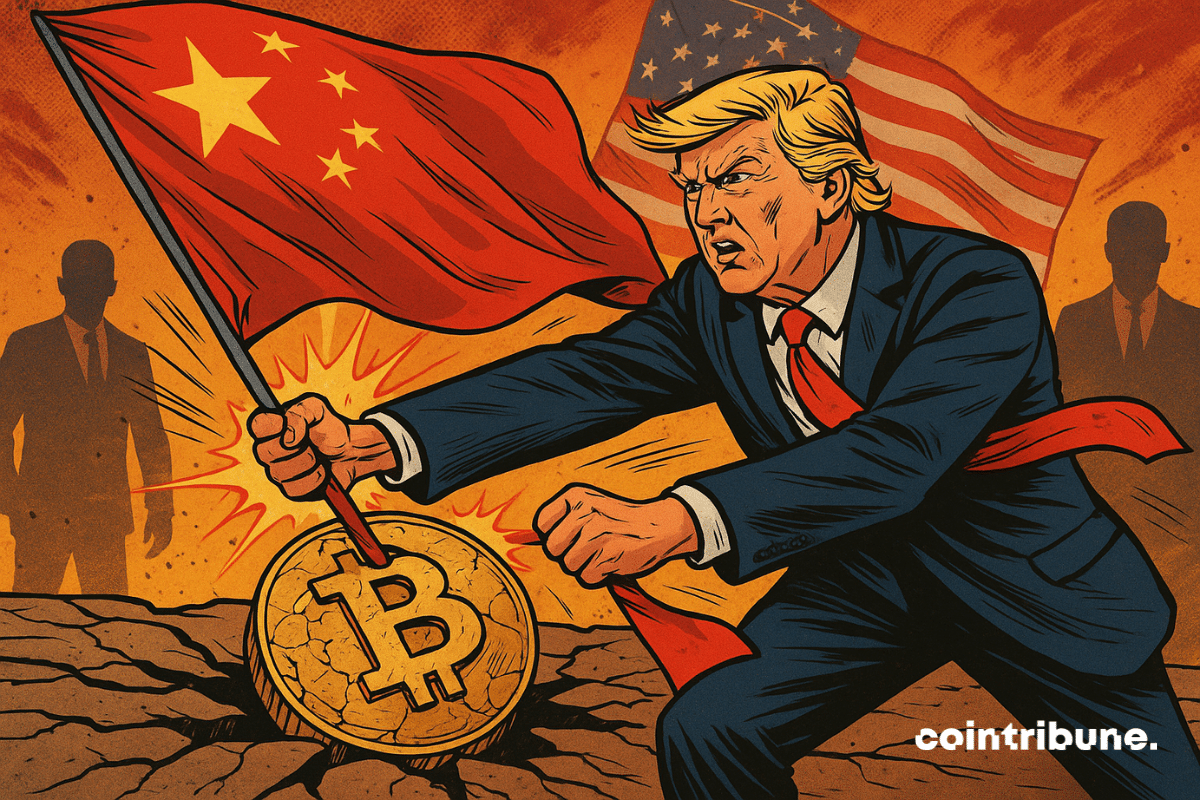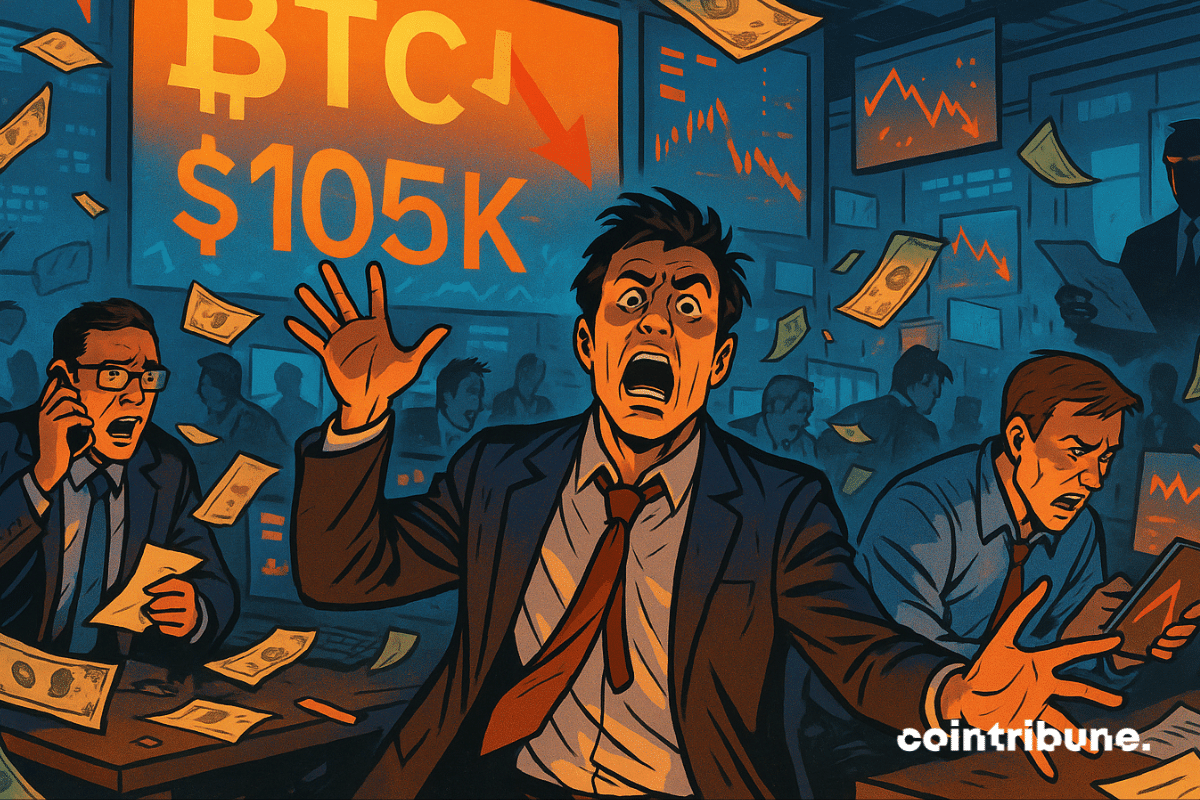She dreamed of being a queen, handled bitcoins by the thousands... and ended up on the London judicial throne! Dive into the crypto universe where scammers aim high, very high.
Theme Bitcoin (BTC)
An online survey sparked controversy: more than 80% of respondents believe that Lightning is not "real bitcoin." A massive figure, and a clear divide between technical promise and market perception. The debate exploded on X, opposing pro-Lightning figures and sharp critics. Let's summarize, decode, and project.
While the crypto market remains under pressure due to global economic uncertainties, XRP continues to disappoint despite concrete advances. Why such a discrepancy between its fundamentals and its price? For Versan Aljarrah, a recognized analyst and founder of Black Swan Capitalist, the answer is straightforward. As long as XRP remains correlated with bitcoin, it will remain trapped by chronic volatility. This statement reignites the debate on the strategic independence of Ripple’s flagship asset.
Bitcoin was supposed to take off after the US budget chaos. Result? ETFs on strike, Solana showing off... and investors biting their nails, eyes fixed on December.
As states tighten their control over cryptos, an old bitcoin theft resurfaces amid a geopolitical rivalry. LuBian, a Chinese mining pool, reportedly lost more than 127,000 BTC in 2020. Remaining discreet for years, the case suddenly resurfaces as Beijing now accuses the United States of having seized these funds, now valued at over 14 billion dollars, through an intelligence operation. The suspicion of a state confiscation reignites tensions between two superpowers.
Bitcoin shows signs of stabilizing after October’s declines, with seasonal trends and renewed investor interest pointing to a potential year-end rebound.
Bitcoin’s sharp rebound, fueled by optimism over the end of the 40-day U.S. government shutdown, has split traders. While most market watchers welcomed the recovery, aggressive short sellers faced a costly squeeze. High-risk trader James Wynn is at the center of the turmoil after a series of rapid losses pushed him into an even larger short bet.
The institutional crypto market has just reached a major milestone. The U.S. Treasury and the IRS now authorize crypto ETFs and trusts to participate in staking and redistribute rewards to their investors. This decision could well disrupt the world of digital asset investment.
As the specter of a historic shutdown recedes in the United States, bitcoin has rebounded, surpassing $106,000. The Senate approved temporary funding, narrowly avoiding a prolonged paralysis of federal institutions. This political progress was enough to revive the appetite for risk, propelling the leading crypto into a bullish dynamic. In a market where Washington's decisions act as a catalyst, this return to stability strengthens the correlation between macroeconomic news and crypto investors' behavior.
While some flee the crypto ship, Saylor fills up on bitcoins. And if the stubborn captain was right? Guaranteed plunge into Strategy's digital vaults.
Bitcoin reaches $160,000 and may be ready to explode? In this article, discover why the crypto market is heating up again.
Facing growing economic tensions, Robert Kiyosaki announces strengthening his investments in bitcoin, gold, silver, and Ethereum. The author of "Rich Dad, Poor Dad" anticipates a major crash and states he is turning to tangible assets to preserve his capital. He once again criticizes U.S. monetary policy and makes strong forecasts for 2026: 250,000 dollars for bitcoin, 27,000 for gold.
When bitcoin falters, Saylor blazes: 397 BTC more, 641,205 in stock... The man who confuses corporate strategy with a collection of digital coins still does not intend to ease off.
Short shake, big signal. In one week, spot ETFs backed by ether recorded about $508M in withdrawals. At the same time, Bitcoin ETFs experienced notable outflows. The movement is not anecdotal. It says something about market sentiment, risk management... and how institutional investors are now calibrating their exposure to crypto assets.
Growing attention to the long-delayed Fort Knox audit has reignited debate between gold and Bitcoin. Binance founder Changpeng Zhao (CZ) has once again joined the discussion, questioning gold’s verifiability while responding to long-time critic Peter Schiff. Rising interest in tokenized gold and continued market uncertainty have added fresh momentum to the conversation.
Stablecoins are becoming the preferred cryptocurrency for illicit transactions, outpacing Bitcoin and drawing increasing scrutiny from regulators.
While Bitcoin and Ethereum flee wallets like the plague, Solana seduces the big players. What if the real crypto power was hiding behind well-structured staking?
Investors are cautious as crypto stocks face a rough week, with major firms seeing declines amid ongoing market and economic pressures.
A steady shift toward digital assets is underway across the hedge fund sector, as an increasing number of managers incorporate crypto positions. Rising market activity and clearer signals from U.S. policymakers have been key drivers of this trend. In fact, recent survey data indicate a broad transition that is gradually pulling crypto further into mainstream finance.
Bitcoin wavers, and the market divides. While crypto suffers a drop of nearly 15% in a few weeks, a clear rift appears between small holders and institutional investors. While the former take advantage of the decline to strengthen their positions, the whales quietly liquidate thousands of BTC. This strategic gap, observed by the Santiment platform, could mark a decisive turning point in the market's evolution.
At JPMorgan, the message is clear: the appetite for bitcoin remains strong. In the third quarter, the bank stated it held 5.284 million shares of the iShares Bitcoin Trust (IBIT) as of September 30, an increase of 64% from the previous quarter. In value terms, this represented 343 million dollars at the end of September. The bet was accompanied by a bullish note: a target of $170,000 for bitcoin in twelve months. Let's talk numbers, flows, and the direction of the movement.
Trump believed he held the key to the crypto kingdom… Result? A stock market bloodbath, billions lost, and a truth stinging more than his tweets: crypto does not forgive.
The US Federal Reserve stimulates the economy even as markets soar and employment remains strong. For Ray Dalio, this unusual combination bodes ill. The legendary investor sees it as symptoms of the end of a major economic cycle, where excessive debt forces monetary authorities to play with fire.
A milestone has just been reached. Addresses accumulating Bitcoin have purchased 214,069 BTC over 30 days and bring their aggregated stock to 387,305 BTC as of November 5. This surge is not due to chance: it relies on investors with a precise profile and on a market mechanism that has become, whether we like it or not, institutional.
Trump, crowned president of mental mining, dreams of a bitcoin empire while Beijing prepares its tokens... A crypto-crusade to follow between tweets, stablecoins, and the digital yuan under surveillance.
Is Bitcoin losing ground where it was supposed to triumph? Cathie Wood, CEO of ARK Invest and a leading figure in crypto investment, has just lowered her most ambitious target for BTC. The reason is the rise of stablecoins in emerging economies, where they are establishing themselves as a new store of value. A strong strategic adjustment that questions the real role Bitcoin will play against these dollar-backed alternatives.
What if the role of store of value promised to bitcoin in emerging economies was slipping away? This is a hypothesis that Cathie Wood, founder and CEO of ARK Invest, now seems to take seriously. Known for her strong convictions about the potential of bitcoin, the investor now lowers her most optimistic scenario, citing an unexpected dynamic: the meteoric rise of stablecoins as an alternative to BTC in certain regions of the world.
Bitcoin remains below $105K as heavy selling keeps the market under pressure while traders watch the upcoming U.S. tariff ruling.
US digital asset ETFs came under pressure this week as institutional traders shifted to a more cautious stance. Bitcoin and Ether products recorded sharp outflows, while Solana funds continued to draw steady interest. Activity suggested uneven sentiment across major crypto assets as markets reacted to recent volatility.
Robinhood delivered another strong quarter, posting sharp gains in revenue and profit as crypto activity surged. Markets pulled back slightly after hours, but the company’s year-to-date rally remains among the strongest in publicly traded fintech and crypto-adjacent firms.

